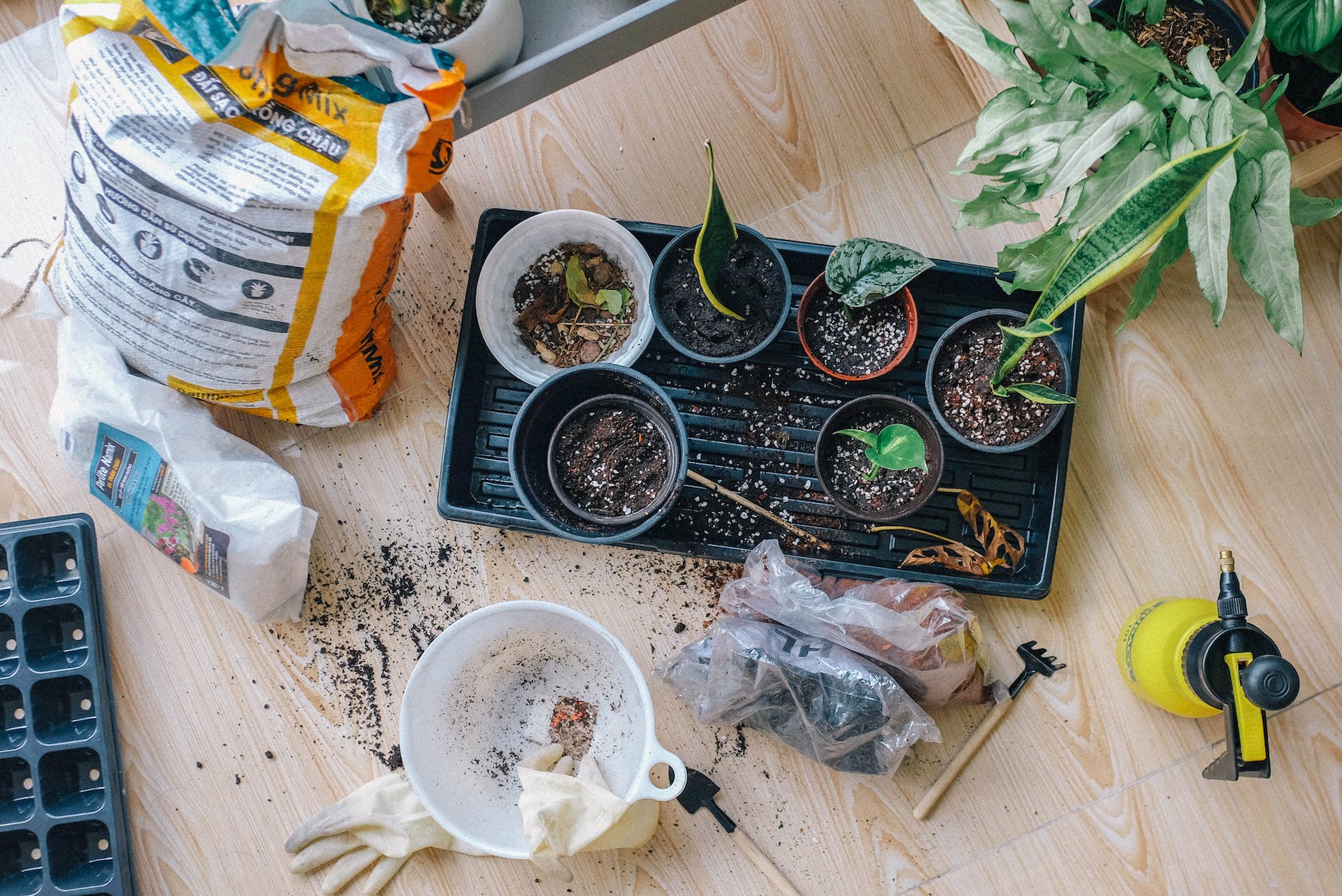
Gardening is something that humans have done for millennia. It fulfills that longing for a deep connection with nature. Ask any gardener, and they will attest that this hobby goes beyond mere seed planting.
A study conducted by the University of Colorado at Boulder showed that people who engaged in gardening had lower stress and anxiety levels. You know this to be true yourself when you feel the earth between your fingers.
Yet, like any other activity, gardening presents its own set of challenges and dangers. Given the increasing number of gardening enthusiasts, it’s crucial for both novices and experts to understand the risks.
In this article, we will delve into some of the common hazards you might face and also look at possible solutions. So, without further delay, let’s jump right into it.
What Sort of Gardening Hazards Exist?
While the joys of gardening are manifold, new enthusiasts should do some research. Physical activities in gardening—be they bending to plant seeds, lifting heavy pots, or the repeated motion of pruning—can lead to various ailments. Without employing proper techniques, it’s easy to experience back pain, muscle strains, or even severe injuries.
Similarly, many gardening tools can be quite sharp, and you need to be very careful when using them. Even if the cut is not serious, it poses an infection risk. According to Dr. Christopher Miguel, you can be exposed to sporotrichosis, legionella, and tetanus.
Pesticides are another particularly dangerous item you will eventually confront. A popular example would be the weed killer ‘Roundup’. Countless American families stock Roundup in their garages because it is one of the best weed killers on the market. However, did you know that it has been associated with significant health risks?
The issue lies with its active ingredient, glyphosate, which is linked to various types of cancer. These include non-Hodgkin’s lymphoma, B-cell lymphoma, and leukemia. Studies show that people who have been heavily exposed to Roundup are believed to be at a higher risk of developing these cancers.
In fact, numerous Roundup lawsuit cases have been filed against Bayer. By 2020, Bayer had agreed to pay $10.9 billion in settlements to resolve over 100,000 lawsuits. As of May 2022, Monsanto, a company acquired by Bayer, also settled over 100,000 Roundup lawsuits, paying out $11 billion. That said, 30,000 lawsuits are still pending.
Have you or a loved one used Roundup regularly and been diagnosed with cancer? If so, TorHoerman Law suggests that you speak to a lawyer regarding possible compensation.
What Safety Measures and Precautions Should You Follow?
There are several aspects that you need to keep in mind. Whether it’s for digging, lifting, or chemical exposure, it’s worth reading up on some basic safety tips.
1. Understand Before You Dig
Before you plunge that shovel into the ground, be aware of what lies beneath. The soil might be hiding pipelines or cables. To avoid any mishaps, always dial 811 to get information about any underground utilities in your garden area.
Many essential utilities, like gas lines, water pipes, and electric cables, could be running under your garden. Striking one of these lines can result in dangerous situations, including explosions, floods, or electrocutions.
2. Glove up to Avoid Sharp Objects
Don’t underestimate the protection a good pair of gardening gloves can offer. They shield your hands from unexpected hazards like sharp objects, and even some pesky plants. You want to opt for gloves with a rubber coating for enhanced protection against potential irritants.
3. Watch Your Posture
Your back is invaluable, treat it with care. Instead of constantly bending at the waist, try hinging at the hips or kneeling. If you’re going to be on your knees for a while, consider using knee pads for added comfort. Heavy pots or bags of soil should also be handled with care. When lifting them, use your legs and knees, keeping the weight close to your body. This technique helps reduce the strain on your back.
4. Wear PPE if Using Chemicals
Following safety rules is very important when dealing with pesticides. Ensure you wear the right Personal Protective Equipment (PPE). This includes non-absorbent gloves, long-sleeved shirts, long pants, rubber footwear, and protective eyewear.
Remember, contact lenses might trap harmful materials, so consider removing them or wearing additional eye protection. After using pesticides, clean up properly. This will include thoroughly washing your clothes and anything else that came into contact with the pesticide. You will also want to keep pets and children away until it’s safe.
Conclusion
A lot of the safety issues that come with gardening can be avoided if you have a pre-gardening ritual and checklist. Of course, you don’t need to make it too formal. As long as you remember to take safety measures, that’s all that matters.
Remember, gardening can be a physically intensive activity sometimes. Just as you wouldn’t dive into an intense exercise without warming up, take a few minutes to stretch and walk around your garden before you start. This helps prepare your body for a safe gardening experience.